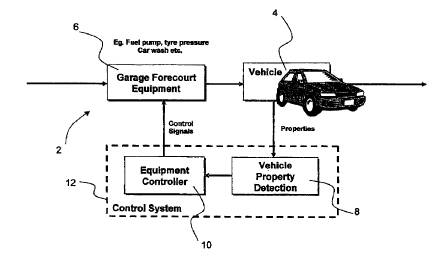Have you managed to come up with a good idea recently that addresses a strong need in an attractive market? Right from idea inception you should be taking measures to create barriers that prevent competitors from exploiting your efforts. Some form of IP protection and search should be conducted as soon as possible.
Find out how.
Have you managed to come up with a good idea recently that addresses a strong need in an attractive market? Hopefully you’re on to a winner, you just need to get your resources in place ready to develop and launch your product successfully. Sounds good doesn’t it but expect other people to copy your idea as soon as the potential is proven. Equally, it could be that you have unwittingly copied someone else’s idea. Downstream lawsuits, after you have developed and launched your product could be very costly indeed.
Right from idea inception you should be taking measures to create barriers that prevent competitors from exploiting your efforts. Whilst secrecy can serve as the main tool for protecting your idea during the early stages of development, some form of IP protection and search should still be conducted as soon as possible.
The right blend of IP protection, whether patents, trade marks, copyright and / or designs will very much depend on the nature of your invention. However it can be a long and costly process and can impede the success of your idea if you don’t approach it in the right manner.
Here’s a brief guide to some fast ways to protect your IP and keep down your costs without compromising your market position.
Before we get onto this, first a few disclaimers:
1) We are not patent attorneys.
2) You should always seek legal advice.
Now we have got that out of the way, I have got 15 patents and do know what I’m talking about.
Initially, undertake online research to establish whether any prior art (existing work in the public domain) exists. Useful references include:
-
-
-
-
And of course, www.google.com itself is an excellent resource for identifying what is already in the public domain
Another useful article on how to search for Patents can be found on the Mindsheet R&D business exchange at:
www.mindsheet.net/modules.php?name=News&file=article&sid=91
Again, the article indexes many more useful internet resources.
Having satisfied yourself that your idea is unique the next step is to capture the embodiment of your invention. Useful headings for writing up a patent invention are:
-
Invention Title
-
Inventors (also identify lead inventor)
-
Summary of invention
-
Previous solutions – known prior art
-
Novelty and uniqueness
-
Detailed description of the invention
-
Key advantages of the invention
Now you’re ready to see a patent agent. If this is your first time with a patent firm and you have prepared the above information, then you can expect a consultation for nothing prior to appointing the firm as they make their pitch. Before the fee clock starts ticking carry out as much of the groundwork as you can.
Under their direction, I tend to prepare the write-up of the patent and any drawings, but I always leave the development of the claims to the patent attorney. This is the most critical part of the patent, it is what creates the broadest monopoly for your invention and it is what the lawyers will fight over in court if there are any disputes. Therefore, use the patent attorney and take advantage of their legal indemnity cover if things go wrong.

Figure 1: Doing your own drawings and drafting the main body of the patent can save £3000 in fees, but leave the claims to the experts
Typically, dividing the work up in this way saves about £3000 in fees and takes 1-2 months off the patent drafting time, (providing that you are prompt with your side of the preparation).
What happens next? Well the patent agent will file your patent which then creates the priority date (the date from when the patent counts). In the UK system you then have 12 months before publication to get the claims right and to request a search before publication. There will be further fees involved for the examination and also for any extra work that the patent attorney has to undertake depending on the results of the search and examination, see UK Intellectual Property Office (UK-IPO). www.ipo.gov.uk for useful advice and a full description of the process.
You can see an example of one of my patents at:
http://v3.espacenet.com/publicationDetails/biblio?CC=GB&NR=2431632A&KC=A&FT=D&date=20070502&DB=EPODOC&locale=en_GB



